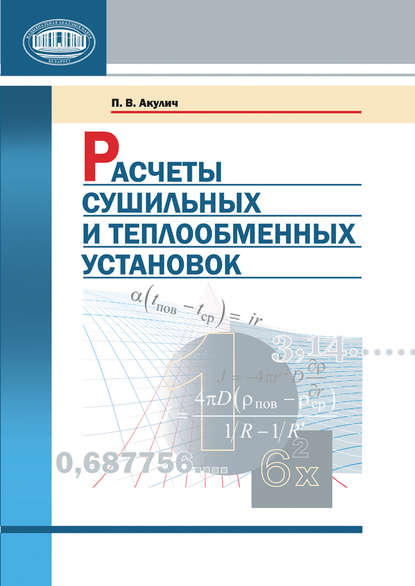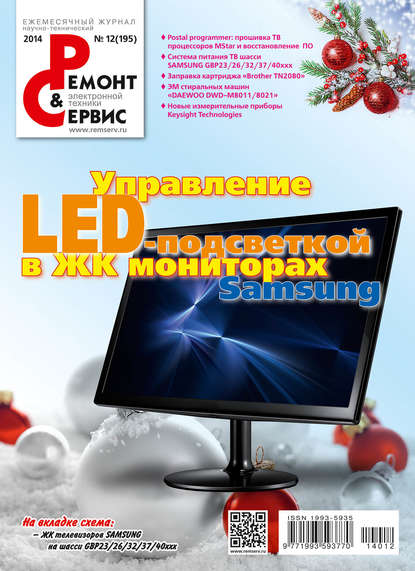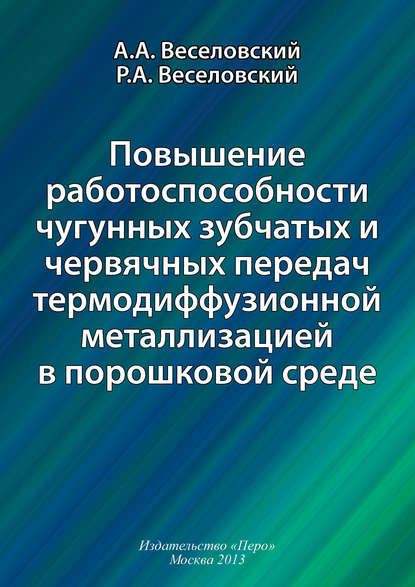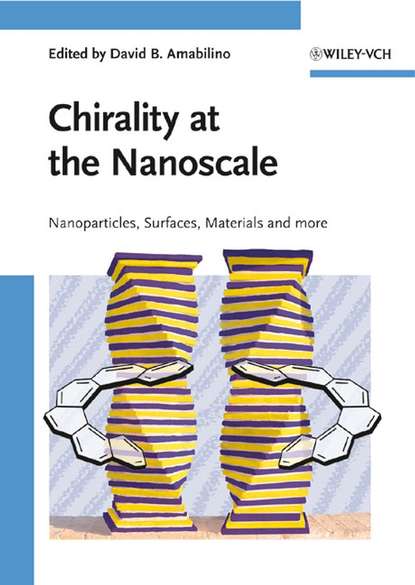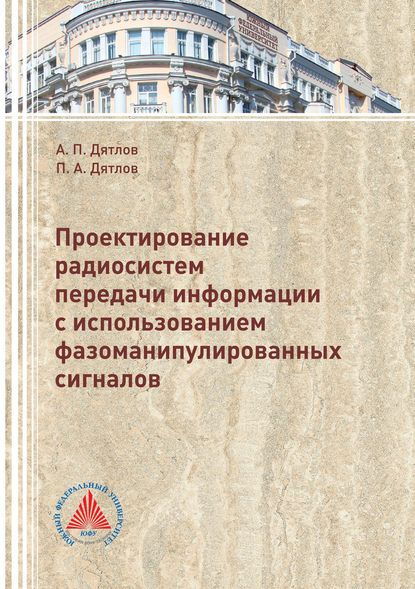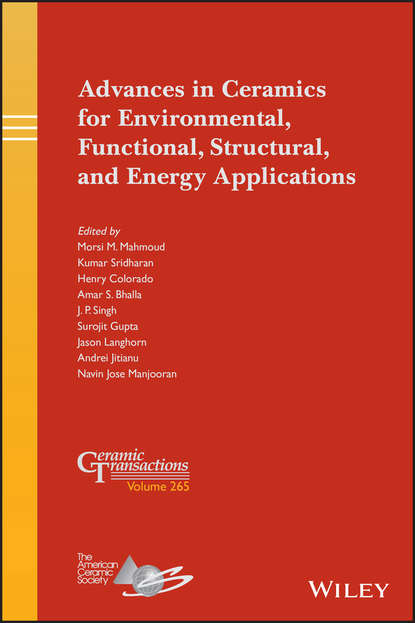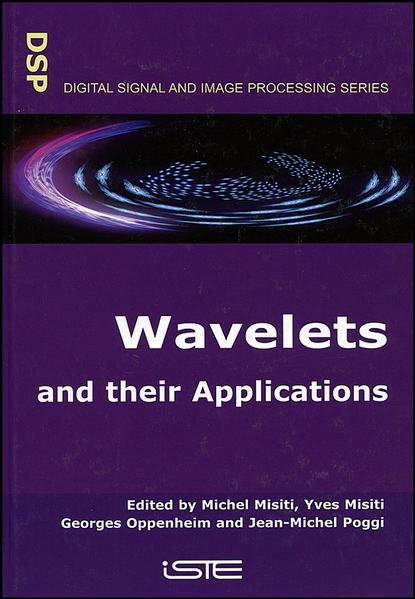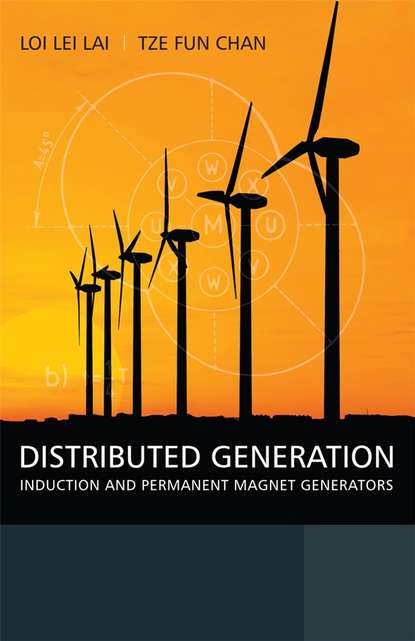Это обширное трехтомное руководство объединяет обзор текущего состояния, а также последние разработки в области соль-гель технологии, предлагая новые идеи. Первый том, посвященный синтезу и формированию, предоставляет подробный обзор мокрохимических процессов, которые являются основой метода соль-гель, и представляет различные пути успешного синтеза неорганических и гибридных органическо-неорганических материалов, био- и биоинспирированных материалов, порошков, частиц и волокон, а также тонких пленок, покрытий и поверхностей, полученных методом соль-гель. Второй том посвящен механическим, оптическим, электрическим и магнитным свойствам материалов, полученных методом соль-гель, и методам их характеризации, таким как дифракционные методы, ядерный магнитный резонанс, инфракрасная и рамановская спектроскопии. Третий том сосредоточен на различных применениях в области мембранной науки, катализа, исследований в области энергетики, биоматериалов, биомедицины, фотоники и электроники.
This comprehensive three- volume handbook integrates the state-of-the-art with recent advances in sol- gel chemistry to introduce innovative concepts. The material covered is organized into three major chapters, spanning the wide area of mechanosynthesis, spectral analysis, and applications.
Электронная Книга «The Sol-Gel Handbook. Synthesis, Characterization and Applications, 3-Volume Set» написана автором Levy David в году.
Минимальный возраст читателя: 0
Язык: Английский
ISBN: 9783527670840
Описание книги от Levy David
This comprehensive three-volume handbook brings together a review of the current state together with the latest developments in sol-gel technology to put forward new ideas. The first volume, dedicated to synthesis and shaping, gives an in-depth overview of the wet-chemical processes that constitute the core of the sol-gel method and presents the various pathways for the successful synthesis of inorganic and hybrid organic-inorganic materials, bio- and bio-inspired materials, powders, particles and fibers as well as sol-gel derived thin films, coatings and surfaces. The second volume deals with the mechanical, optical, electrical and magnetic properties of sol-gel derived materials and the methods for their characterization such as diffraction methods and nuclear magnetic resonance, infrared and Raman spectroscopies. The third volume concentrates on the various applications in the fields of membrane science, catalysis, energy research, biomaterials science, biomedicine, photonics and electronics.



